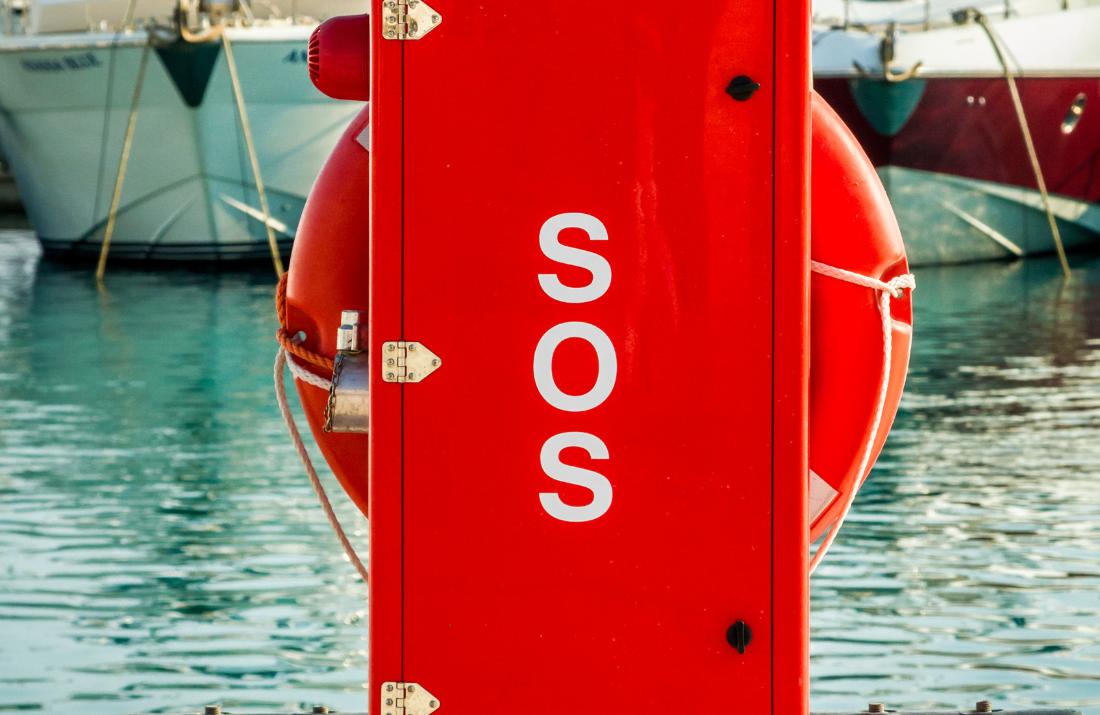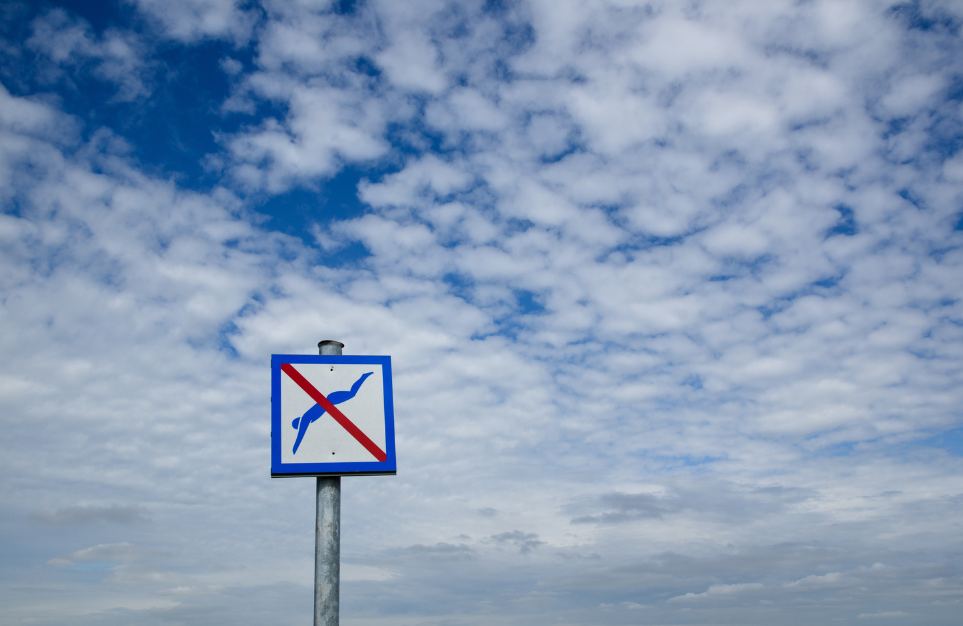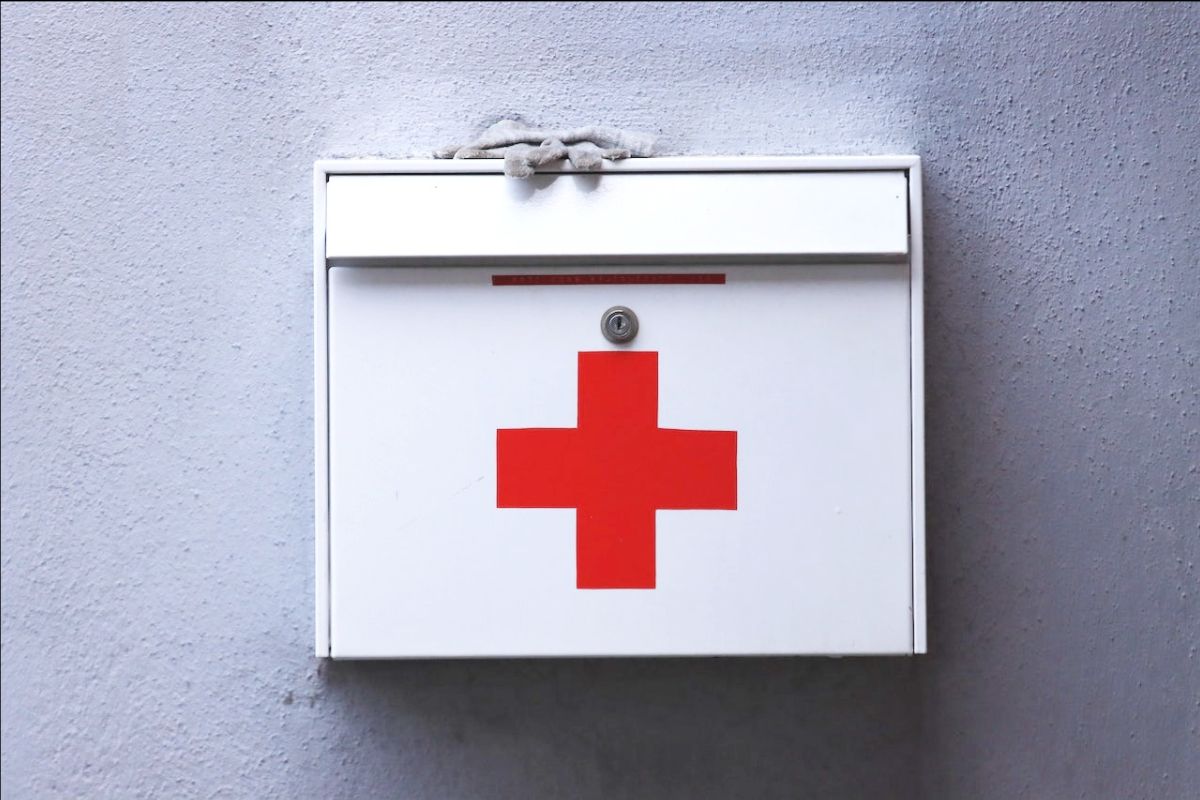The Value of Marina Safety Policies and Literature

Every time you go out, you likely see little legal safeguards that remind us that humans are great at accidents.
“Caution: Coffee is hot.” “Do not climb on store ladders.” “Do not stick fingers in the tiger cage.”
Businesses go to great lengths to protect themselves, and in an inherently dangerous environment, so should marinas.
Marinas can protect themselves on two levels: with their staff and with their tenants. From a marketing approach, the idea is pretty simple: a safe and accident-free marina continues to earn five-star Google reviews and full slips. A marina staff that is healthy and engaged in their work will provide better service for your clients.
Today, we cover how these seemingly “afterthought” safety structures can help a marina ensure an ongoing culture of safety for its guests and staff.

Safety for Tenants: Put it in writing
A legal disclaimer indemnifying your marina from lawsuits can be expressed in your landlord-tenant agreement and should be discussed with your lawyer. But a marina can enhance its safety protocols with safety literature provided to boaters at the ship store or given to the tenant with the initial lease agreement. This safety literature might look like:
Dock safety
The NMMA has created a brief brochure that hits on many of the safety issues of the docks, such as pinch points and wearing a life jacket. You can view the brochure here. For dock safety tips specific to your marina, you can simply type up your own, print out copies, and keep them in a folder for tenants.
Your state’s fishing and boating regulation booklet
You can request physical copies from your state’s Fish and Boating Commission regional office. The boater has every safety protocol imaginable, along with fishing regulations. For example, the 2023 Pennsylvania Boating Handbook lets boaters know that anyone in a vessel under 16 feet is required – not recommended – to wear a life jacket between November 1st and April 30th. This brochure also includes a blank float plan example and an application for a boater safety certificate.
Hurricane Protocol
A marina’s hurricane protocol should be accessible to tenants if (or hopefully when) they wish to brush up on how to prepare for a storm. NOAA prepared a comprehensive guideline about 20 years ago, but BoatUS also provides a sound 12-page hurricane preparedness booklet that can be printed or placed in a “resources” area of your website.
How to get safety information to tenants
A few avenues provide easily deliverable, visible access to boaters who could benefit from written marina safety literature:
- On the counter at the ship store
- In a folder given to the tenant upon signing their lease agreement
- Emailed to the tenant upon initial lease agreement, and then once every six to twelve months with updates

Adequate signage is key.
In the same vein of “Caution: coffee is hot,” we bring you the marina version of simple signage that needs to be adequately displayed for boater safety:
- First-aid kit markers
- “No smoking” signs at the fuel docks
- “No swimming” signage near boat ramps
- Safety sheets posted visibly in a commonly trafficked location
- Electrical shock risk and fire hazard signage
- Life jacket reminders
An assertive manager can do a walkaround annually or as they see fit to determine if any signage needs to be added or replaced.
Staff marina safety awareness
The National Water Safety Congress wrote a 36-page manual of safe operation guidelines in 2001 that can be used by marinas as a handbook. We’re gonna pull from a more updated safety tome, the 2017 National Park Service rendition of Marina Standards.
On a staff level, here are some simple best practices to include in staff training and onboarding:
- They’re fully knowledgeable of fire extinguisher locations, emergency exits, and egress points.
- They know how to test and change fire and carbon monoxide detectors.
- They know exactly where to access a first-aid kit and AED defibrillator, and are encouraged or required to get CPR certification.
Everything staff must know about safety can be kept in a safety binder and revisited with an annual training day to refresh their knowledge and ensure each employee knows how to maintain safety standards and respond to high-stress scenarios.
Accidents may inevitably happen on and around the water. But a marina that shows its clients they are prepared for everything will help show tenants that this is a marina they can trust with their property and even their lives.
Article by Hammer and Nail Marketing
WHAT IS HAMMER & NAIL?
Hammer and Nail Marketing is a boutique marketing firm that helps small to mid-sized marinas get noticed by boaters. If you’d like to focus on operating your marina without the additional responsibility of marketing, get in touch with us.
We’re boaters ourselves from a background of operating a family-run marina. From a group of experts who know the water, let Hammer and Nail Marketing help you be the waterfront your local boaters see every time they cast off.
SUBSCRIBE TO OUR NEWSLETTER
No spam, we promise! Just the latest marina marketing tips.



0 Comments